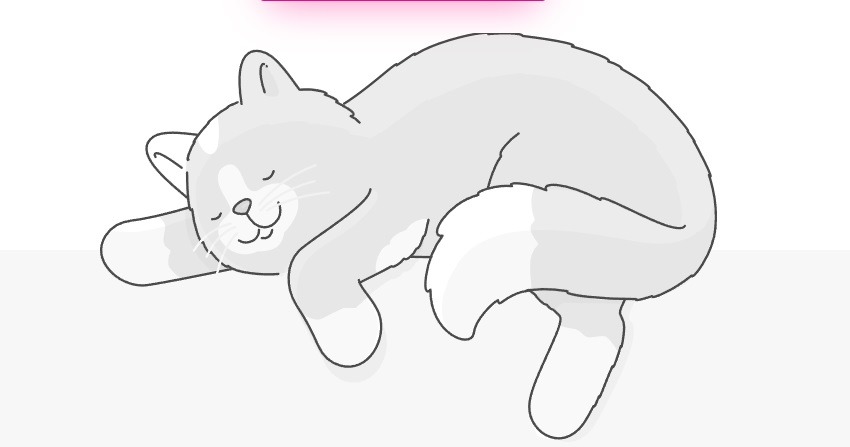As devoted caregivers to our feline companions, their health and wellbeing are our top priorities. An essential part of ensuring this is considering the practicalities and benefits of cat insurance. Understanding the ins and outs of this service can seem daunting at first glance. This guide aims to break down the complexities and provide you with a comprehensive overview of cat insurance.
1. Why Do You Need Cat Insurance?
Just like us, our cats can experience health issues that require veterinary attention. These can range from minor ailments to more severe conditions and injuries. The cost of veterinary care can quickly escalate, potentially putting you in a financially challenging position. Cat insurance offers a safety net against these unexpected costs, enabling you to provide your cat with the best possible care without the financial stress.
2. What Does Cat Insurance Typically Cover?
Cat insurance policies offer a variety of coverage to help protect your feline friend’s health and wellbeing. While the specifics can vary depending on the insurance provider and policy, here are some of the typical aspects that cat insurance generally covers:
- Accidental Injuries: If your cat suffers from injuries due to an accident, such as a fall or traffic accident, the cost for emergency care, surgeries, hospitalization, and any necessary treatments or medications are usually covered.
- Illnesses: Cat insurance often covers the cost of diagnosing and treating a wide range of illnesses. This can include common feline ailments like urinary tract infections, respiratory illnesses, or more serious conditions like diabetes, cancer, or kidney disease.
- Diagnostic Tests: To get to the root of a health issue, vets often need to carry out diagnostic tests. These can include blood tests, X-rays, ultrasounds, and more. Cat insurance typically covers the cost of these procedures.
- Prescription Medications: If your cat requires prescription medication as part of their treatment plan, cat insurance often covers these costs.
- Dental Care: Some policies provide coverage for dental care, typically if it’s related to an injury or illness. This can include teeth cleaning, extractions, and treatments related to dental diseases.
- Surgery and Hospitalization: If your cat needs surgery, the costs associated with the surgical procedure, anesthesia, and hospitalization are often covered.
Remember, while these are the broad categories usually covered, the exact level of coverage will depend on the specific policy you choose. Always read the policy documentation carefully to ensure it offers the coverage you want for your cat.
3. Factors Affecting Cat Insurance Premiums
Several factors can influence the cost of your cat insurance premiums. These include your cat’s breed, age, health history, and even where you live. Generally, older cats, pure breeds, and cats with pre-existing conditions are likely to have higher premiums due to a higher risk of health issues.
4. Pre-Existing Conditions
Most cat insurance policies do not cover pre-existing conditions – health issues that your cat had before you took out the policy. Therefore, it’s advisable to get cat insurance when your feline friend is young and healthy.
5. Understanding the Small Print
When choosing cat insurance, it’s essential to read the fine print. Look out for exclusions, payout limits, waiting periods, and whether the policy is ‘per condition,’ ‘per year,’ or ‘lifetime.’ Be clear about what you’re signing up for.
6. Deductibles, Co-Pays, and Caps
Understand how your deductible (the amount you pay out-of-pocket for a claim before the insurance kicks in), co-pay (the percentage of the vet bill you are responsible for after the deductible), and caps (maximum limits on payouts) work. These factors significantly influence out-of-pocket costs when you claim.
7. Routine Care and Wellness Coverage
Some insurance providers offer wellness plans as an add-on to the main policy. These cover routine care such as vaccinations, flea and tick prevention, and regular vet check-ups. While this increases your premium, it can help manage the ongoing costs of maintaining your cat’s health.
8. Claiming Process and Reimbursement
Before finalizing a policy, familiarize yourself with the claiming process. How quickly does the insurer process claims? Do they pay the vet directly, or do you need to pay upfront and get reimbursed? These considerations can affect your experience when you need to use your insurance.
In summary, cat insurance can offer peace of mind, knowing that you’re financially prepared for your feline’s healthcare needs. It’s crucial to thoroughly research, compare different plans, and consider your cat’s specific needs to find the most suitable policy. Remember, the goal is to ensure that your cat gets the best possible care whenever they need it. After all, they are more than just pets – they’re members of our family.
